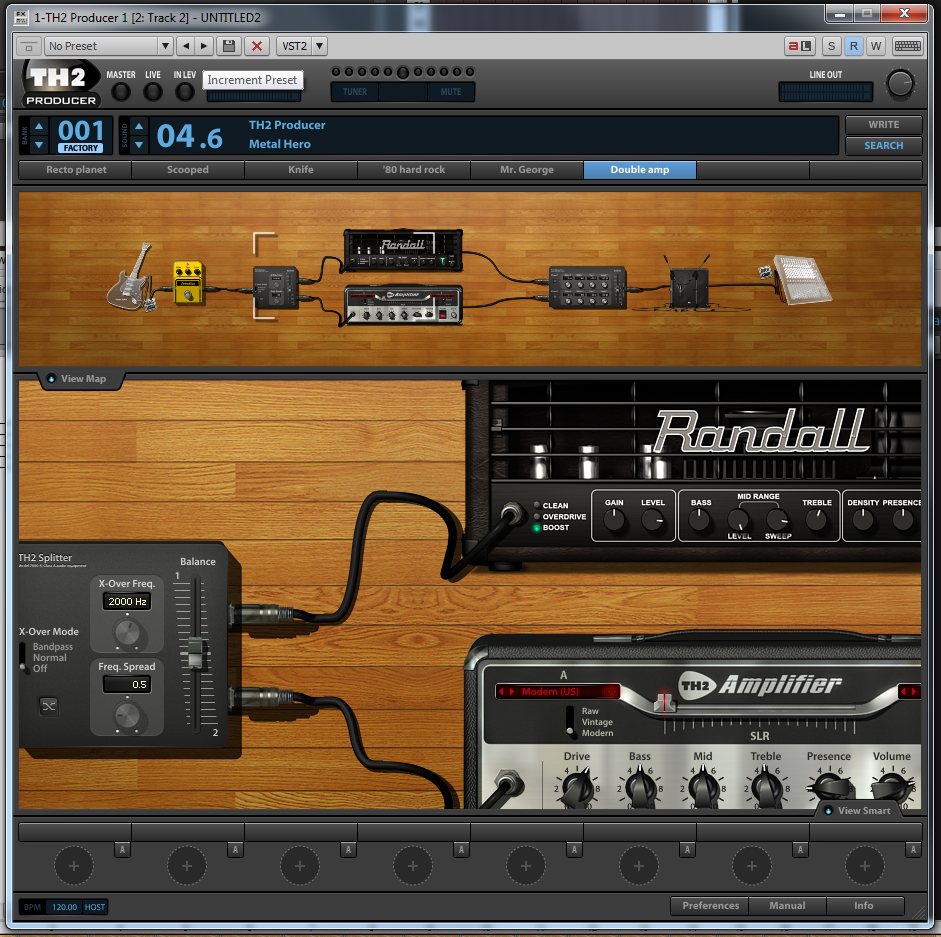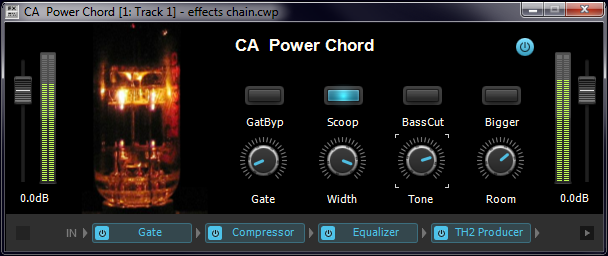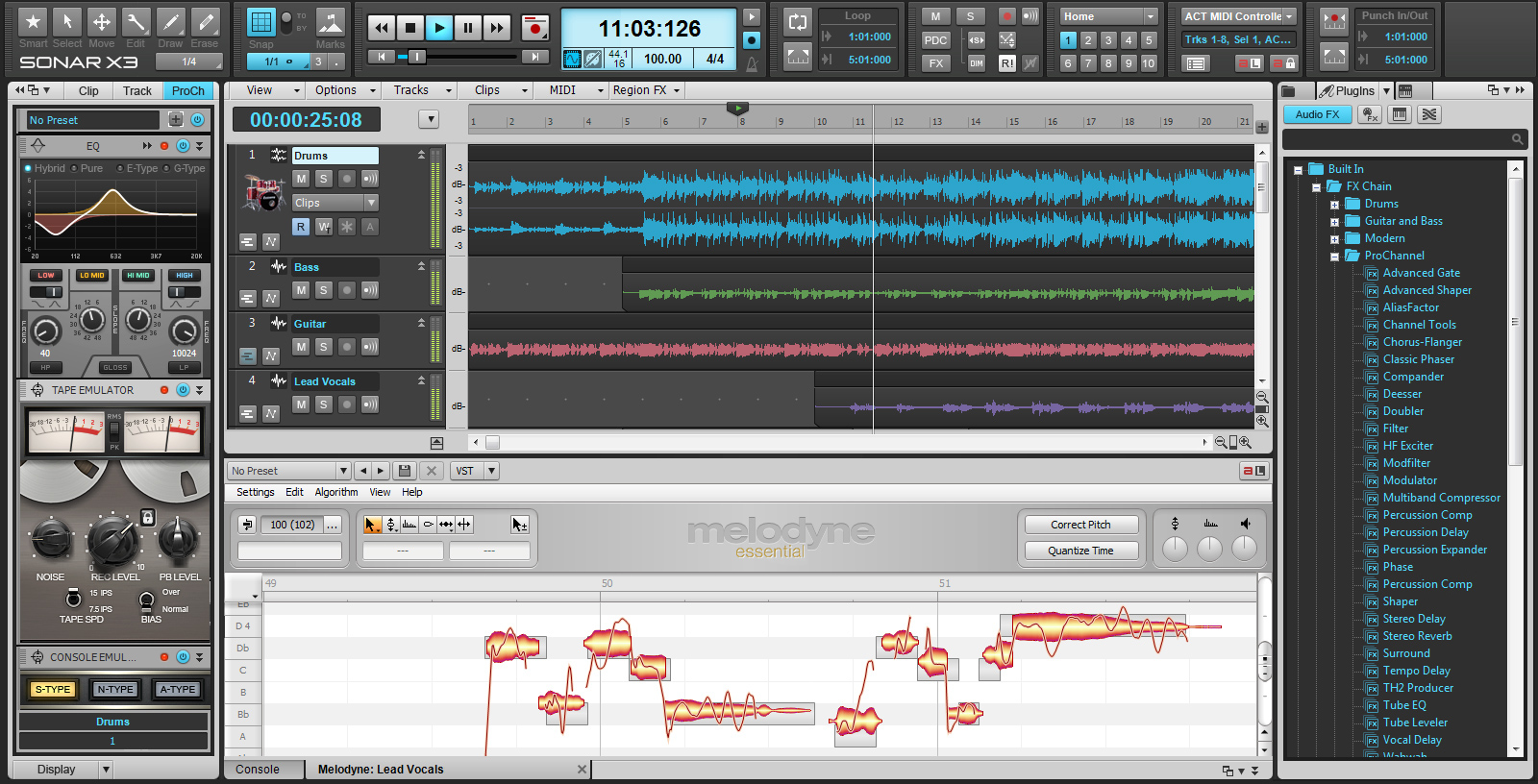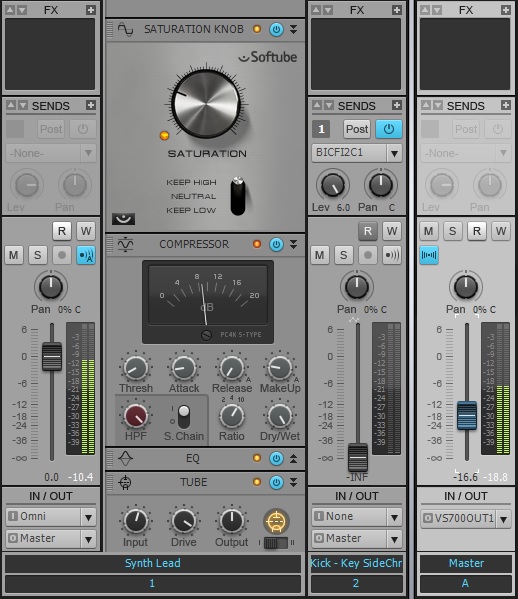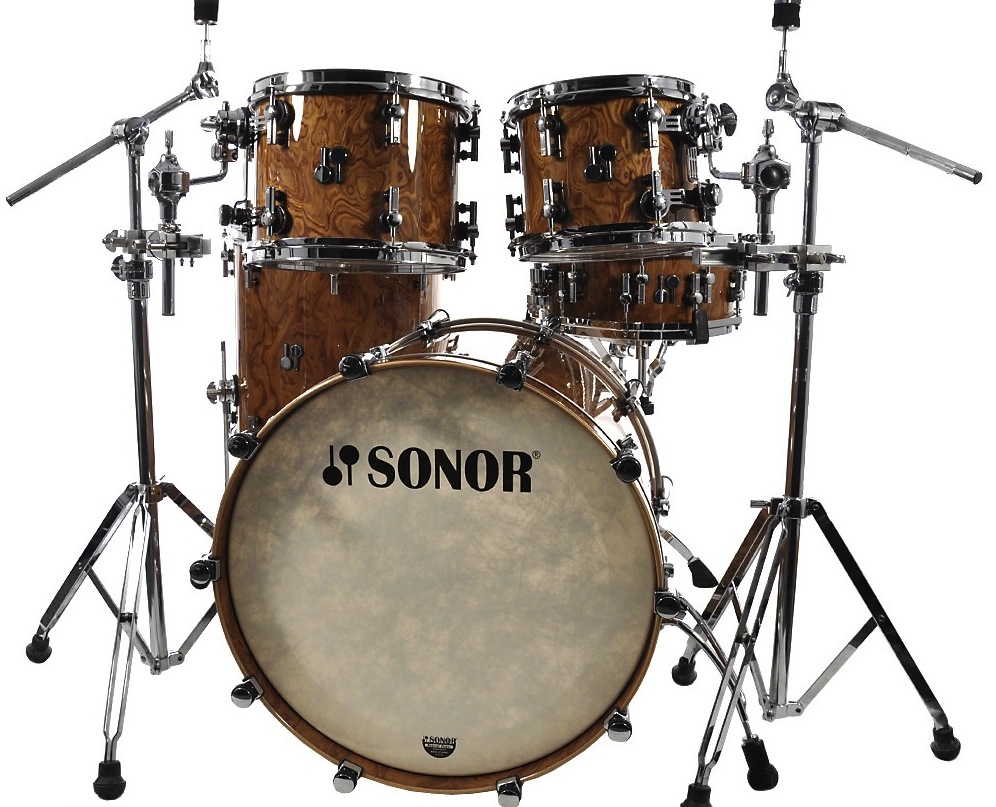TH2 Producer amp sim can do more than you might think
By Craig Anderton
Overloud’s TH2 Producer offers amp modeling with multiple amps and cabinets, as well as several effects. So while it’s a perfect subject for guitar month, and hopefully the following will give some inspiration to guitarists, let’s also consider what non-guitarists can do with a processor designed for guitar.
The power of parallel. Parallel processing is one of my favorite techniques. Fortunately TH2 not only accommodates parallel processing (the signal path follows a serial—> parallel—> serial protocol), it also provides different “flavors” of parallel processing.
The parallel section starts with a crossover, so the parallel split can:
- Provide “bi-amplification,” and send highs to one path and lows to the other
- Enable a Bandpass filter mode, where one path has a bandpass-style boost, while the other has a complementary notch. A separate “spread” control determines the notch bandwidth
- If neither is enabled, both paths are simply a parallel connection with no filtering
For extra flexibility, a “swap” button reverses the outputs (e.g., if one output was highs and the other lows, swap reverses that).
The output mixer sums the parallel paths back together again, with Phase Inverse, Delay, Width, Pan, and Level controls, as well as a Balance slider. The TH2 Producer manual can fill you in on the details.
Bass wah. Let’s start off by not straying too far from guitar, and looking at how to use TH2 Producer with bass. A problem with putting any kind of filtering or distortion on bass it that it thins out the sound. You can solve this problem by using the crossover to separate the low end and keep it clean, while adding wah to the midrange frequencies (Fig. 1).
Fig. 1: Parallel processing can keep the low end clean, but process the highs (click to see the entire image).
Again, we’ll use the Normal Splitter mode, with 490Hz as the split frequency. The Crying wah pedal handles the higher frequencies. The rest of the controls are straightforward Continue reading “TH2 Producer: Not Only Guitars”



